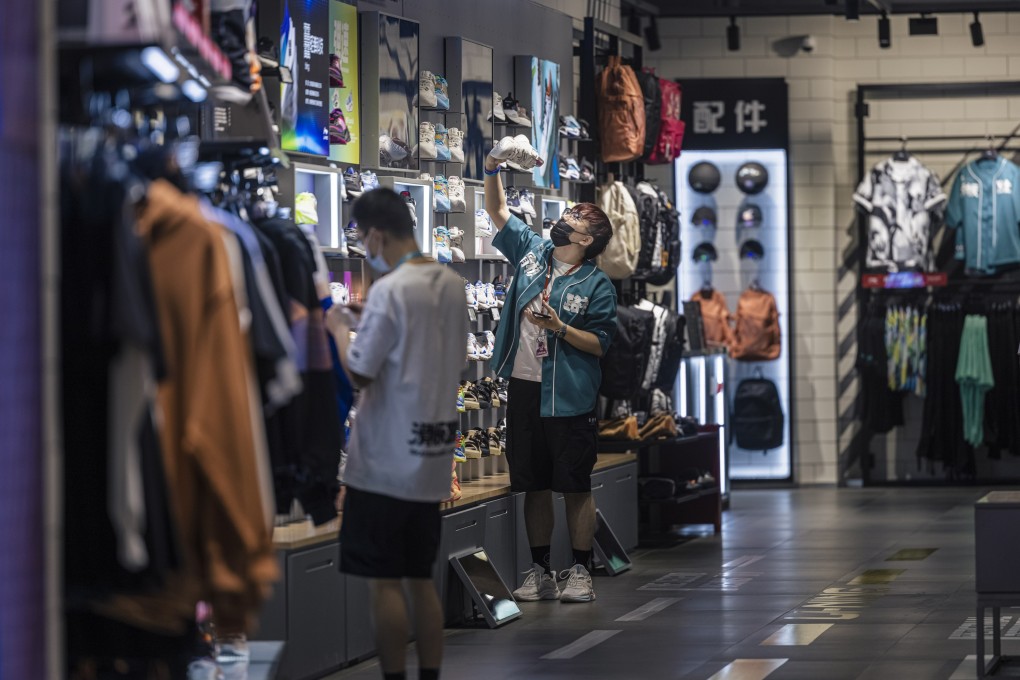China’s retail sales ‘bright spot’ amid uneven economic recovery
- Retail sales and industrial production grew by 12.4 per cent and 8.8 per cent, respectively, in May from a year earlier
- Fixed-asset investment grew by 15.4 per cent in the January-May period, while the surveyed jobless rate stood at 5 per cent in May, from 5.1 per cent in April

Optimism that China’s retail sales are emerging as an economic “bright spot” must be taken with a pinch of salt as May’s data still points towards an uneven recovery, with growth in the world’s second-largest economy still expected to moderate for the rest of the year.
On the surface, headline growth for all of China’s key indicators dropped back last month as May’s figures for investment, industrial output growth and retail sales fell short of expectations, data released on Wednesday showed.
But after adjusting for base effects, the picture was more mixed, with industrial production and investment slowing while retail sales accelerated, analysts said.
Julian Evans-Pritchard, senior China economist at Capital Economics, said that on a month-on-month basis, domestic consumer spending, which has long been criticised for lagging behind the curve, picked up last month due to the extended Labour Day holiday and a tighter labour market.
Investment and exports are set to cool over the coming months. Consumption [is] a bright spot as momentum elsewhere falters
“We think there is still scope for strong rises in consumption as the virus situation comes under control and the vaccination roll-out broadens,” Evans-Pritchard said. “Investment and exports are set to cool over the coming months. Consumption [is] a bright spot as momentum elsewhere falters.”